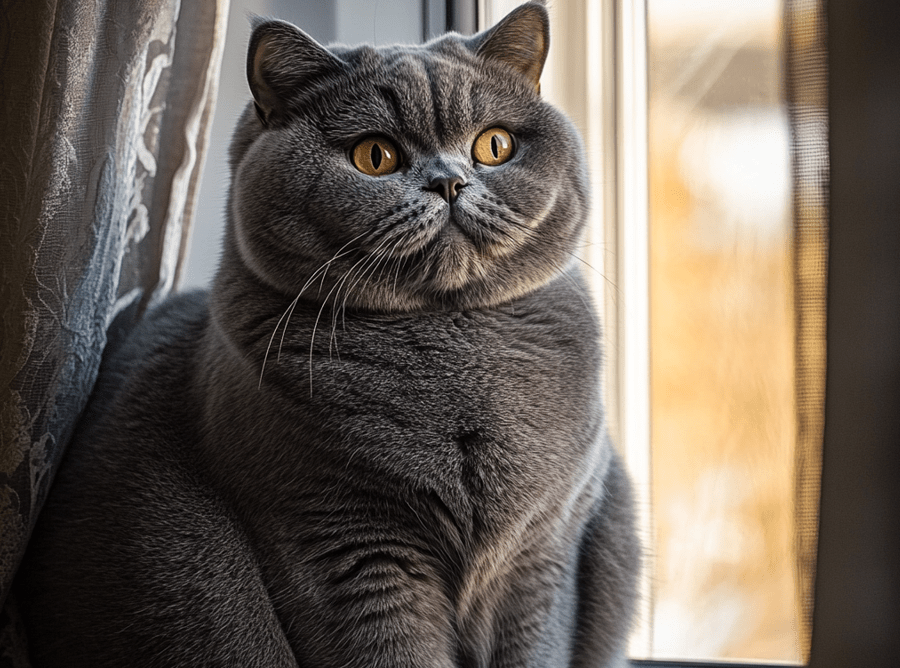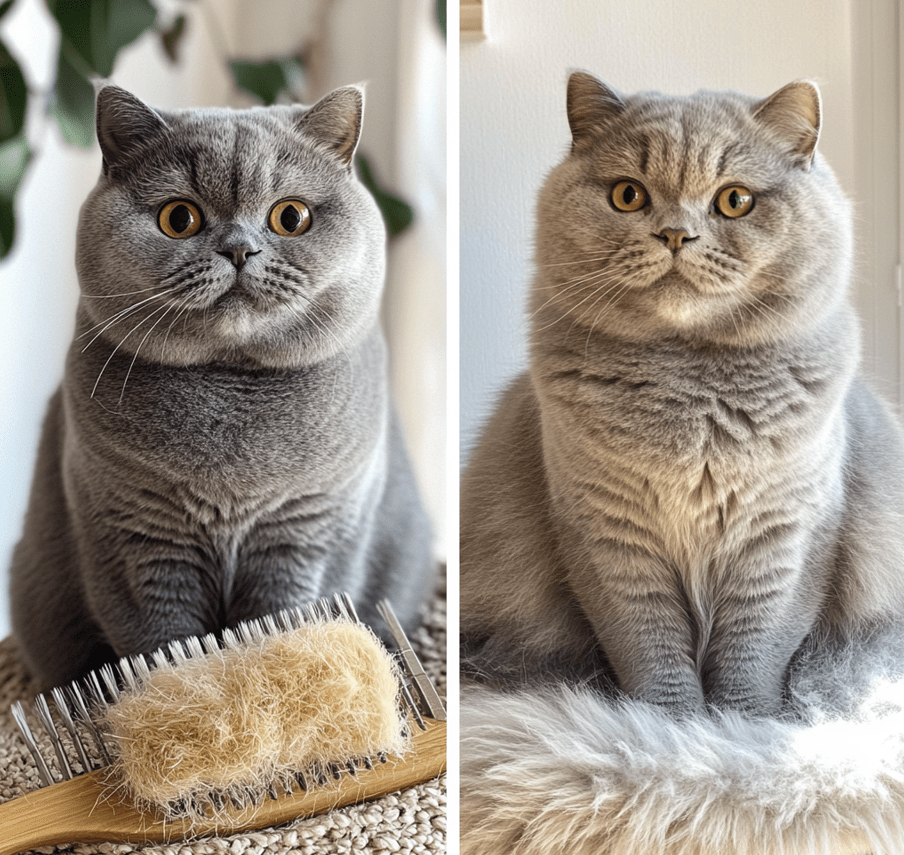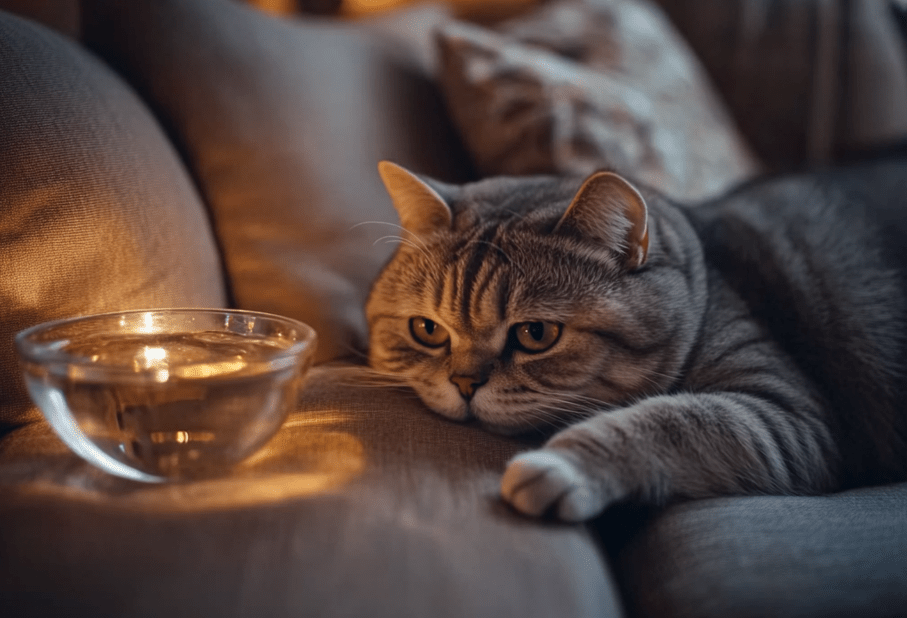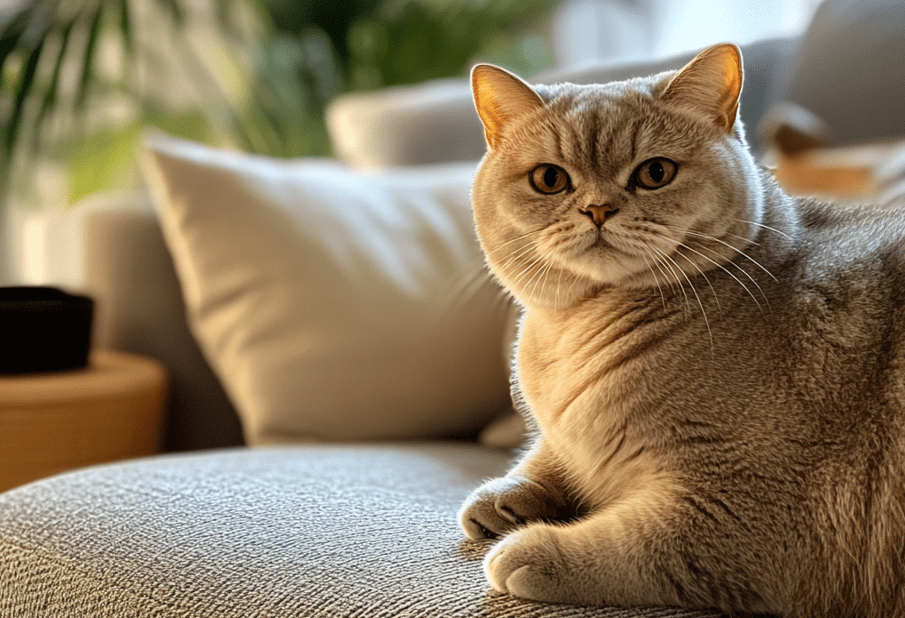
Polycystic Kidney Disease (PKD) is a serious hereditary condition that affects many cat breeds, including the beloved British Shorthair Cat. Known for their plush coats, round faces, and affectionate personalities, British Shorthairs are a favorite among cat owners. However, their predisposition to PKD can pose significant health challenges if not detected early. This article provides a comprehensive guide to understanding, identifying, and managing the early signs of PKD in British Shorthairs, empowering owners to protect their feline companions with knowledge and proactive care.
What Is Polycystic Kidney Disease?
Polycystic Kidney Disease is a genetic disorder characterized by the formation of fluid-filled cysts in the kidneys. These cysts grow over time, impairing kidney function and potentially leading to kidney failure. In British Shorthairs, PKD is primarily inherited through a dominant gene, meaning a kitten only needs one affected parent to inherit the condition.
Why British Shorthairs Are at Risk
British Shorthairs, like Persian cats and other related breeds, have a higher prevalence of PKD due to historical breeding practices. While responsible breeders now screen for PKD, the condition remains a concern for owners of unscreened cats or those from less reputable sources.
Why Early Detection Matters
Spotting PKD early can make a significant difference in your British Shorthair’s quality of life. Early intervention allows for better management of symptoms, slows disease progression, and can extend your cat’s lifespan. By understanding the early signs, you can work with your veterinarian to create a tailored care plan.

The Impact of PKD on Your Cat
As cysts grow, they disrupt normal kidney function, leading to symptoms like increased thirst, weight loss, and lethargy. If left untreated, PKD can result in chronic kidney disease (CKD), high blood pressure, and other complications.
Early Signs of Polycystic Kidney Disease in British Shorthairs
Recognizing the early signs of PKD is critical for timely intervention. Below are the most common symptoms to watch for in your British Shorthair:
1. Increased Thirst and Urination
One of the earliest indicators of PKD is polydipsia (excessive thirst) and polyuria (increased urination). You may notice your British Shorthair drinking more water than usual or making frequent trips to the litter box. These changes occur because the kidneys struggle to concentrate urine, leading to dehydration and compensatory drinking.
What to Look For:
1.Larger clumps in the litter box.
2.Water bowl emptying faster than normal.
3.Your cat lingering near water sources.
2. Lethargy and Reduced Activity
British Shorthairs are typically playful and relaxed, but PKD can cause fatigue. As kidney function declines, toxins build up in the bloodstream, making your cat feel sluggish.
What to Look For:
1.Less interest in playtime or toys.
2.Sleeping more than usual.
3.Reluctance to jump or climb.
3. Poor Appetite and Weight Loss
A cat with PKD may lose interest in food due to nausea or discomfort caused by kidney dysfunction. Weight loss often follows, even if your British Shorthair’s diet remains unchanged.
What to Look For:
1.Leaving food in the bowl.
2.Visible weight loss, especially around the spine or hips.
3.Vomiting or nausea after meals.
4. Abdominal Discomfort or Swelling
Cysts in the kidneys can grow large enough to cause physical discomfort. You might notice your cat reacting to being touched around the abdomen or displaying signs of pain.
What to Look For:
1.Sensitivity when picked up or petted.
2.A slightly enlarged abdomen (in advanced cases).
3.Restlessness or difficulty finding a comfortable position.
5. Changes in Coat Quality
British Shorthairs are known for their dense, plush coats. PKD can lead to a dull or unkempt coat as the body prioritizes essential functions over grooming.
What to Look For:
1.Matted or greasy fur.
2.Reduced grooming habits.
3.Hair loss in patches.
6. High Blood Pressure Symptoms
PKD can cause hypertension (high blood pressure), which may manifest as subtle symptoms in its early stages.
What to Look For:
1.Dilated pupils or vision changes.
2.Unusual vocalization or disorientation.
3.Head tilting or pressing.
How to Monitor Your British Shorthair for PKD
Being proactive about your cat’s health is the best way to catch PKD early. Here are practical steps to monitor your British Shorthair:

1. Regular Veterinary Checkups
Schedule annual or bi-annual vet visits, especially for British Shorthairs over the age of three. Your vet can perform physical exams, blood tests, and urinalysis to assess kidney function.
2. Genetic Screening
If your British Shorthair’s PKD status is unknown, ask your breeder or vet about genetic testing. A DNA test can confirm whether your cat carries the PKD1 gene mutation responsible for the disease.
3. Home Observation
Keep a journal of your cat’s habits, including water intake, litter box patterns, and energy levels. Subtle changes are easier to spot when you track them over time.
4. Diagnostic Imaging
If PKD is suspected, your vet may recommend an ultrasound. This non-invasive test can detect kidney cysts as small as a few millimeters, often before symptoms become severe.
Diagnosing PKD in British Shorthairs
If you notice any of the above signs, consult your veterinarian immediately. Here’s what to expect during the diagnostic process:
1. Physical Examination
Your vet will palpate your cat’s abdomen to check for enlarged kidneys or discomfort.
2. Blood and Urine Tests
These tests measure kidney function through markers like blood urea nitrogen (BUN), creatinine, and urine specific gravity. Elevated levels may indicate early kidney issues.
3. Ultrasound
Ultrasound is the gold standard for diagnosing PKD. It allows vets to visualize cysts in the kidneys, confirming the diagnosis even in asymptomatic cats.
4. Genetic Testing
A cheek swab or blood sample can identify the PKD1 gene mutation, offering clarity for young cats or those with no visible symptoms.
Managing PKD in British Shorthairs
While PKD is incurable, early detection allows for effective management to improve your cat’s quality of life. Here’s how to care for a British Shorthair with PKD:
1. Dietary Adjustments
A kidney-friendly diet can reduce strain on the kidneys. Look for low-protein, low-phosphorus foods designed for feline renal health. Always consult your vet before changing your cat’s diet.
2. Hydration Support
Encourage water intake to prevent dehydration. Consider a pet water fountain, as British Shorthairs are often drawn to running water.
3. Blood Pressure Management
If hypertension is present, your vet may prescribe medications like amlodipine to protect your cat’s heart and kidneys.
4. Regular Monitoring
Frequent vet visits are essential to track disease progression. Bloodwork and ultrasounds help your vet adjust treatments as needed.
5. Pain Management
In advanced cases, pain relief may be necessary. Your vet can recommend safe options to keep your cat comfortable.
Preventing PKD in British Shorthairs
Prevention starts with responsible breeding. Here’s how to reduce the risk of PKD in your British Shorthair:
1. Choose a Reputable Breeder
Work with breeders who screen their cats for PKD and provide genetic test results. Avoid pet stores or backyard breeders, as they may not prioritize health screening.
2. Spay/Neuter Affected Cats
If your cat tests positive for PKD, spaying or neutering prevents passing the gene to future generations.
3. Genetic Testing Before Breeding
If you plan to breed your British Shorthair, ensure both parents are PKD-free to eliminate the risk of affected kittens.
Emotional and Practical Support for Owners
Discovering your British Shorthair has PKD can be overwhelming. Here are tips to cope:
Educate Yourself: Understanding PKD empowers you to make informed decisions.
Join Support Groups: Online communities for British Shorthair owners or PKD-affected cats offer advice and encouragement.
Lean on Your Vet: Build a trusting relationship with a veterinarian experienced in feline renal disease.
Frequently Asked Questions About PKD in British Shorthairs

1. Can PKD be cured?
No, PKD is a genetic condition with no cure. However, early management can slow progression and improve quality of life.
2. At what age do PKD symptoms appear?
Symptoms may appear as early as 3–5 years, but some cats remain asymptomatic until later in life.
3. Is PKD painful for cats?
In early stages, PKD is typically painless. As cysts grow, discomfort or pain may develop, requiring veterinary attention.
4. How long can a British Shorthair with PKD live?
With proper care, many cats live for years after diagnosis, though lifespan varies based on disease severity.
Conclusion

Polycystic Kidney Disease is a serious but manageable condition for British Shorthair cats. By learning to spot early signs—like increased thirst, lethargy, or appetite changes—you can take swift action to protect your feline friend. Regular vet checkups, genetic screening, and proactive care are key to ensuring your British Shorthair lives a long, happy life.
Armed with this knowledge, you’re better equipped to monitor your cat’s health and advocate for their well-being. If you suspect PKD, don’t delay—consult your veterinarian to start the journey toward early detection and effective management. Your British Shorthair deserves the best care, and you’re now one step closer to providing it.


